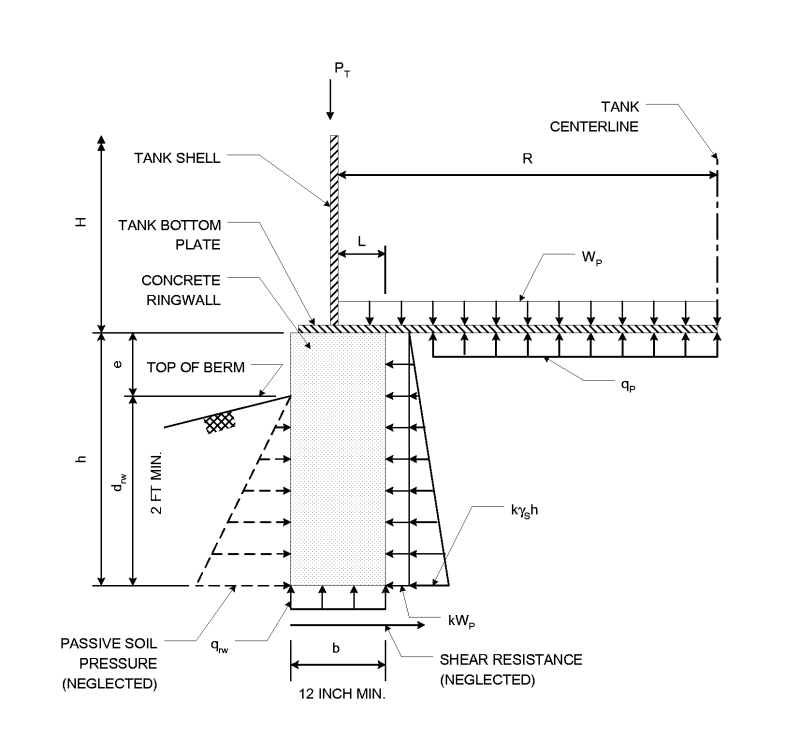Hi everyone, Good day!
I'm now designing the foundation of storage tanks. Due to weak soil, mat foundation is necessary. Rebars and allowable soil bearing capacity is now ok, the settlement is not. The foundations settlement was ranging from 75mm-90mm. I doubt if it safe or not. For the soil bearing capacity, I only assume 96 kPa since no data. Only dimensions and location of project. Here are the dimensions.
11.56m dia x 10.10m height - 2pcs.
12.4m dia x 16.245m height
8.4m dia x 13.52m height
8m dia x 10.48m height
3.95m dia x 5.52m height - with frame.
Based on your experience, can you give me some ideas or advice regarding to the allowable settlement for tanks foundation. Thank you so much. God bless.
I'm now designing the foundation of storage tanks. Due to weak soil, mat foundation is necessary. Rebars and allowable soil bearing capacity is now ok, the settlement is not. The foundations settlement was ranging from 75mm-90mm. I doubt if it safe or not. For the soil bearing capacity, I only assume 96 kPa since no data. Only dimensions and location of project. Here are the dimensions.
11.56m dia x 10.10m height - 2pcs.
12.4m dia x 16.245m height
8.4m dia x 13.52m height
8m dia x 10.48m height
3.95m dia x 5.52m height - with frame.
Based on your experience, can you give me some ideas or advice regarding to the allowable settlement for tanks foundation. Thank you so much. God bless.


